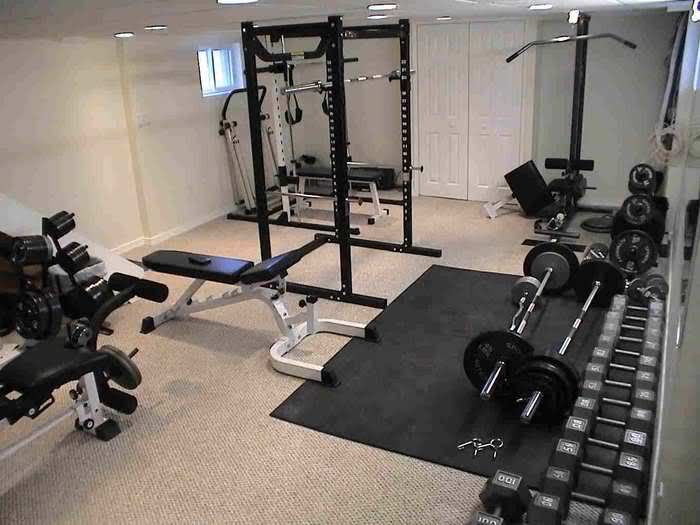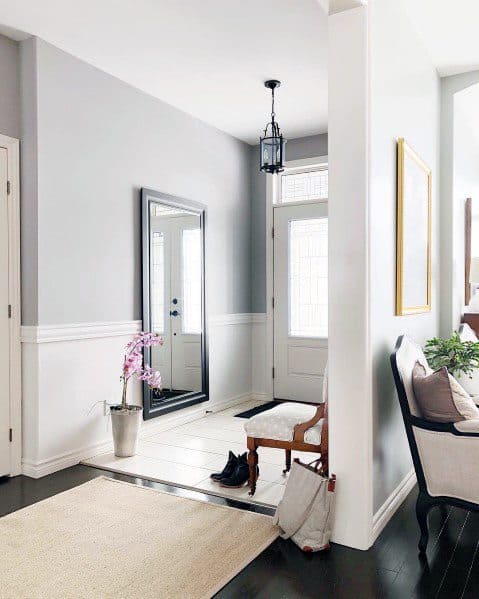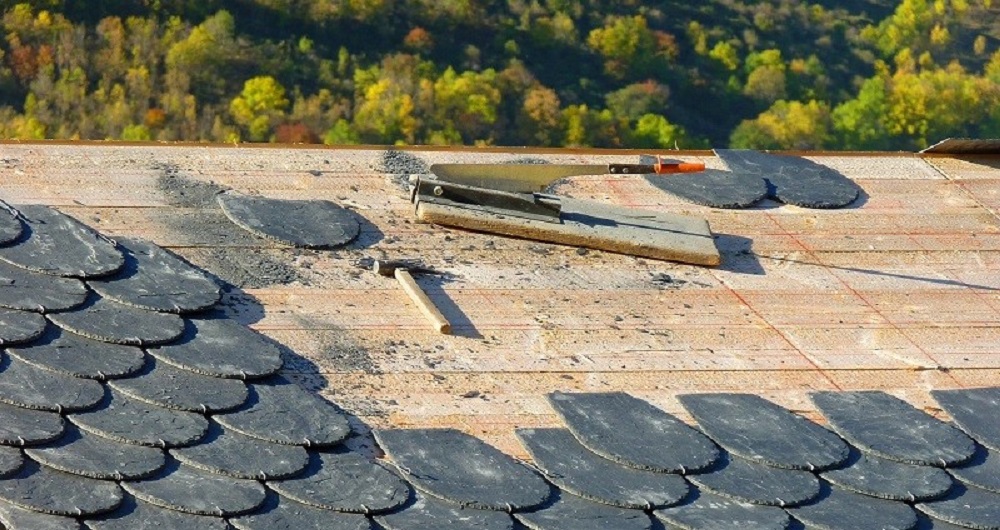The COVID-19 pandemic and social distancing norms have inspired more people to exercise at home. You won’t have to worry about sanitizing equipment, sharing showers and compact spaces, or that the gym is too warm or cool for your comfort levels. The exciting thing about building a home gym area is that it can be small or large depending on the floor space you have available and the family members who are working out. Here are a few interesting ideas you can use.
1. The Smallest Gym – The Back of a Door
A fitness room for exercising need not be an elaborate studio. Essentially, you need a place to store your equipment within easy reach. To reserve precious floor space for your pushups, dance routines, or martial arts practice, choose a door and set up a pegboard that can hold the things you need. For instance, a towel, a holder for your water bottle, a rolled-up yoga mat, or a jump rope. You can also hang up an erasable board to note down your fitness goals and stay accountable. A small shelf or holder for your phone will let you check off reps on your favorite workout apps, and you’re all set for a rejuvenating session.
2. Garage or Basement
If you have space in the garage or basement, you can set up a home gym area in one section. The first feature to check is the flooring. Expect that the workout area will have heavy traffic and wear from your activity and any heavy exercise equipment. Garages and basements typically have concrete floors that can develop cracks, sagging, and chipping. Over time, the cement can disintegrate into a fine dust that is harmful if inhaled and an unpleasant mess to boot.
Add to the floor’s integrity and durability by treating it with a layer of epoxy resin. The substance is a favorite for industrial facilities, able to seep into the grains and create a protective film resistant to erosion. If you’re unsure where to buy epoxy resin, craft or home improvement stores are a good start.
3. Deck or Porch
Many families are converting their decks and patios into lovely outdoor living spaces. Fitness buffs like you can build a home gym area on your covered patio. Like most decks, if you have wooden flooring, it will need to be fortified against heavy usage with rubber gym flooring or interlocking floor tiles. You could also add racks for storing your equipment and set up an old bar cart as a hydration station with a bunch of beverages and sippers. Hang up a mirror on one wall to monitor your workout routine.
4. Attic
The attic is yet another neglected section of the house with delightful potential once you start to explore. Clear away the junk and unwanted stuff and vacuum it thoroughly. The space is ready to come alive as a home gym area. A fresh coat of paint, colorful flooring, and a selection of your favorite workout equipment can turn it into a motivating place to keep up with your fitness routine.
Lighting is one of the main reasons that people avoid attic workout spaces. If you need more light, consider adding a skylight with the advice of your local roofing contractor. The investment could even add resale value to your home, making the attic an attractive and livable space.
5. Spare Bedroom, Home Office, and Gym Area–All in One
More professionals every year are converting a spare bedroom into a work-from-home office, but you can also set up a small yoga and meditation corner away from the desk. Highlight the backdrop walls with a Zen decal and get a small box to hold your rolled-up mat and other essentials. Whenever the day seems stressful and overwhelming, take a break and head for a quiet workout session. Clear your head and do some deep breathing to relax. A few simple asanas, and you’ll feel refreshed and ready for the next task.
6. Let’s Talk Equipment
Several considerations go into choosing the right equipment for your at-home fitness center. While cost is the underlying factor, you must also measure the floor space and consider the environment before picking out a smart stationary exercise bike, power rack, or treadmill. Typically, you’ll need at least two feet of space on either side of a treadmill with at least six feet open behind the machine for safety. Users with space constraints can go for wall-mounted or foldable pieces that can be stored in a corner.
It is also advisable to invest in devices that you’re most likely to use regularly. And, if you’re buying heavy machines, install them in the basement or garage. You can’t risk the floors of the attic or spare bedroom collapsing under the load. Fitness enthusiasts can also consider getting smart devices with interactive sensors and apps to coach their home workout sessions.
Any large and small improvements you make in the home gym area is sure to give you exceptional functionality and an invigorating exercise session. Integrate equipment that you like using, and the entire family will enjoy. You don’t need to invest a lot, but just make changes that motivate you to keep up with your fitness goals.






